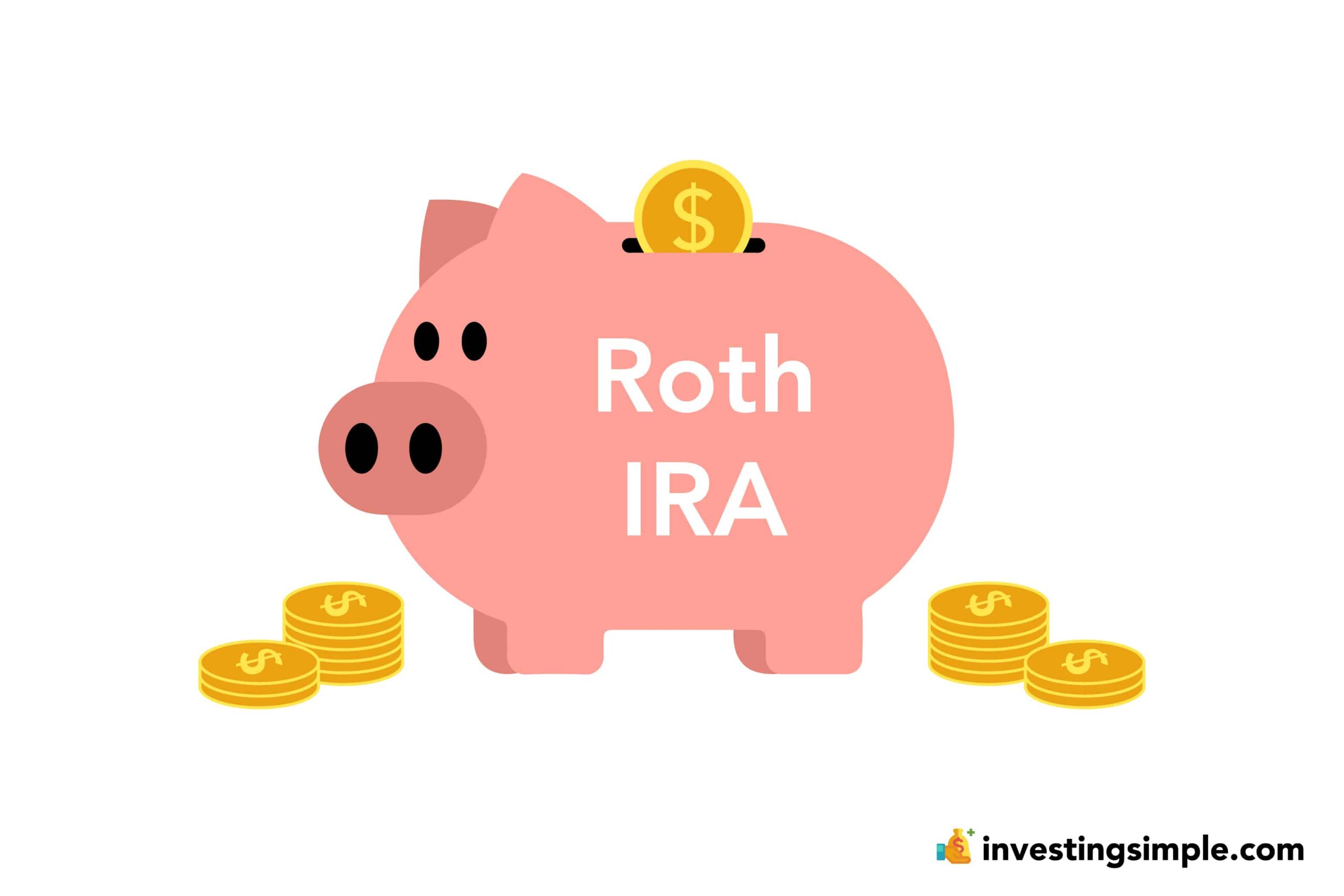





The Roth IRA remains one of the most powerful retirement tools available to individual investors.
In this updated 2025 guide, we'll break down what a Roth IRA is, how it works, and why it can be such a valuable part of your long-term financial strategy.
If you’re just getting started with retirement planning—or looking to take advantage of tax-free growth—this article is for you.
A Roth IRA is a type of Individual Retirement Account (IRA) that offers unique tax advantages.
Unlike a Traditional IRA or 401(k), contributions to a Roth IRA are made with after-tax income. That means you don't get a tax deduction when you contribute, but in return, your investments grow tax-free—and qualified withdrawals in retirement are also completely tax-free.
To qualify for tax-free withdrawals, your Roth IRA must be open for at least 5 years, and you must be at least 59½ years old.
| Feature | Roth IRA | Traditional IRA |
| Tax Treatment | After-tax contributions, tax-free withdrawals | Pre-tax (deductible) contributions, taxed withdrawals |
| Contribution Limit (2025) | $7,000 ($8,000 if age 50+) | $7,000 ($8,000 if age 50+) |
| Income Limits | Yes – phased out at higher incomes | None to contribute, but deductibility may be limited if covered by a workplace plan |
| Withdrawals | Tax-free if qualified | Taxed as ordinary income |
| RMDs | None during lifetime | Begin at Age 73 |
In General:

Robinhood offers both Roth and Traditional IRA accounts. Customers can do both if they want to.
Robinhood IRAs support the full range of recognized contribution types including both deductible and non-deductible Traditional IRA contributions, Roth IRA contributions and rollovers.
All of the stocks and exchange-traded funds (ETFs) available in a regular Robinhood account are also available in a Robinhood IRA.
In addition, they offer a portfolio builder tool if you need help curating an investment portfolio.
Click here to Sign Up with Robinhood + Get 1 Free Stock!
Robinhood offers an “unheard of” incentive of matching your contributions to the account - just like some employers do with a 401(k).
The Robinhood Match is either 1% or 3% depending on whether or not you have Robinhood Gold.
Robinhood Gold is a premium subscription that costs $5 a month or $60 per year. You get a handful of benefits with it, but the main one to focus on for this video is the 3% IRA Match.
Here’s how the Robinhood IRA Match works.
If you’re under 50 and maxing out your $7,000 annual IRA Contribution - you’d be getting a $70 Match from Robinhood at the 1% level, or $210 assuming you had Robinhood Gold and earned 3%.
If you deduct the Gold Subscription of $60 a year, your still getting $150 a year as an extra kick-in.
If you’re over 50 and contributing the maximum of $8,000 - that would be an $80 Match at 1% or $240 at 3%.
After deducting the Gold subscription, your bonus would be $180 a year.
Here’s a few more important details about these Robinhood Retirement Accounts.
If you want to check out Robinhood IRAs yourself, be sure to use our link to get a free stock worth up to $200.
You’ll end up getting a free fractional share, and you’re able to pick your free stock from a list of 20+ leading American companies.
For 2025, you can contribute up to:
However, Roth IRA contributions are subject to income limits:
One of the best uses of a Roth IRA is investing in diversified, low-cost index funds that can grow significantly over time.
For example, if a 25-year-old invests $7,000 annually in an S&P 500 index fund and earns a long-term average return of 8–10%, they could potentially accumulate hundreds of thousands—or even over $1 million— in tax-free retirement savings by age 60.
It’s not about timing the market; it’s about time in the market—and doing it in a tax-advantaged account.
You can hold a broad range of investment types within a Roth IRA, depending on your goals, time horizon, and risk tolerance.
Some of the most commonly used asset types include:
Index Funds and ETFs – Pooled investment vehicles that offer broad diversification and typically track specific market benchmarks.
Individual Stocks – Shares of publicly traded companies that can vary widely in risk and return depending on the business and sector.
REITs (Real Estate Investment Trusts) – Companies that own or finance income-producing real estate. They are required to distribute a significant portion of income to shareholders.
Mutual Funds – Professionally managed investment funds that pool money from multiple investors to buy a diversified portfolio of assets.
Bonds or Bond Funds – Fixed-income investments issued by governments or corporations. These can provide regular income and lower volatility relative to stocks.
Cash or Money Market Funds – Low-risk, low-return options that offer liquidity and capital preservation.
Each investment type has different risk and return characteristics, so it’s important to align your Roth IRA holdings with your broader financial plan and retirement objectives.
You can withdraw your contributions at any time, tax- and penalty-free. However, to withdraw earnings tax-free, you must:
Withdrawals that don’t meet these criteria are considered non-qualified and may be subject to income tax and a 10% penalty—though exceptions apply for things like:
If your income is too high to contribute directly to a Roth IRA, a backdoor Roth might be a solution:
There are no income limits on Roth conversions, though there may be tax consequences depending on other pre-tax IRA balances you hold.
A Roth IRA gives you tax-free income in retirement, investment flexibility, and no RMDs—all powerful reasons to consider making it a core part of your retirement plan.
As always, speak with a financial advisor to make sure your strategy aligns with your goals and tax situation.